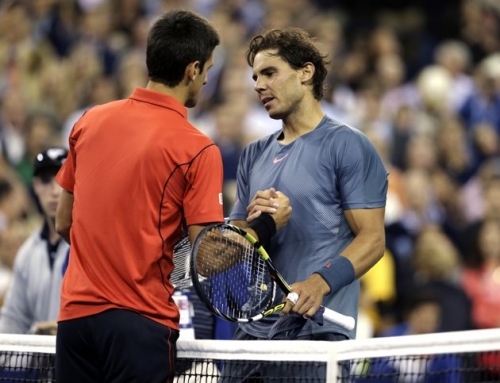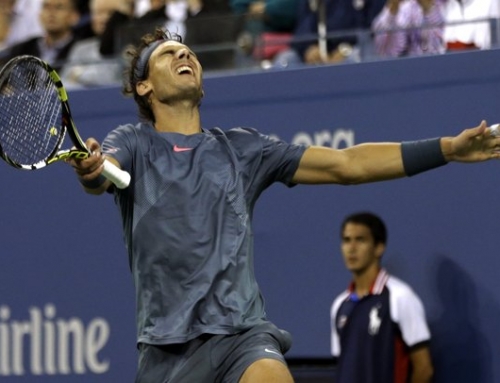 Every pro, outside the very unusual exception of the Williams sisters, played junior tennis. At this level, many dreams are born and quashed long before the few that are talented enough, dedicated enough, and healthy enough make it to the pros.
Every pro, outside the very unusual exception of the Williams sisters, played junior tennis. At this level, many dreams are born and quashed long before the few that are talented enough, dedicated enough, and healthy enough make it to the pros.
Four years ago, in the 2005 USTA Boys 18 National Championship, the finalists were Donald Young and Sam Querrey.
Young was seen as a Tiger Woods or one of the Williams sisters, someone whose star was on the rise. The son of two tennis teaching pros, his future seemed bright, especially on the cusp of a victory over Sam Querrey.
Four years later, their careers have diverged. Early on, Young received wildcards into tournaments, as tournament officials hoped he would be the new face of tennis, someone that would fill the mighty shoes of players like Arthur Ashe. Querrey’s future had fewer burdens, but his height, at 6’6″ made him an interesting pro prospect.
As a pro, Young has won 10 matches and lost 35. He’s been in the pros four years now, and his rankings is mired in the 100s. He was given a wildcard to Legg Mason where he had the misfortune of playng a resurgent Lleyton Hewitt. Fresh off a Wimbledon quarterfinal loss to Andy Roddick, Hewitt proclaimed that he felt great ever since he had hip surgery last year.
Hewitt did not fall to Young, beating him 7-5, 6-2, saying that Young was, like his name, still young, and very quick, but perhaps didn’t play the big points so well. Featured in a documentary about aspiring juniors, his parents had high hopes that Young would be a top ranked player, and yet, so far, Querrey is the one that has had more raves.
Querrey snatched the 16th and final seed at Legg Mason. He’s coming off the best month of his career, making three consecutive finals and finally winning Los Angeles.
They say Donald Young is still young, at the age of 20. But you have to look at players like Mardy Fish or perhaps James Blake to find players that matured somewhat later on. Even Roger Federer, who was a late bloomer, was still ranked in the top 100, then the top 50, then the top 20 at a fairly young age. Few players are like Ivo Karlovic, who, at 30, may be as good as he’s ever been.
Is Young content to be like Kevin Kim, a player mired in the 70-100 range, a journeyman player that goes from tournament to tournament, more likely than not to lose in the first round, but successful enough to keep playing year after year. Kim lost in three sets to Ernests Gulbis, who also has many expectations, but at least is in the top 50.
Five years ago, Young must have thought his career would be where Querrey’s career is now, perhaps even brighter. What does the future hold in store for someone once thought to be a future number 1?





![[US Open Men’s Final] Can Djokovic beat Nadal in the finals?](https://www.essentialtennis.com/wp-content/uploads/2013/09/20130909djokovic-500x383.jpg)
![[US Open, Semis] Djokovic and Nadal to play US Open final once again](https://www.essentialtennis.com/wp-content/uploads/2013/09/20130907nadal-500x383.jpg)
![[US Open, Day 11, QF] Wawrinka upsets Murray in straight sets to make first Slam semi](https://www.essentialtennis.com/wp-content/uploads/2013/09/20130906wawa-500x383.jpg)